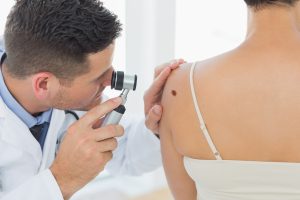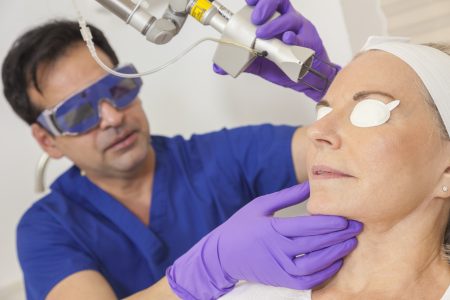The Importance of Receiving Annual Skin Checks
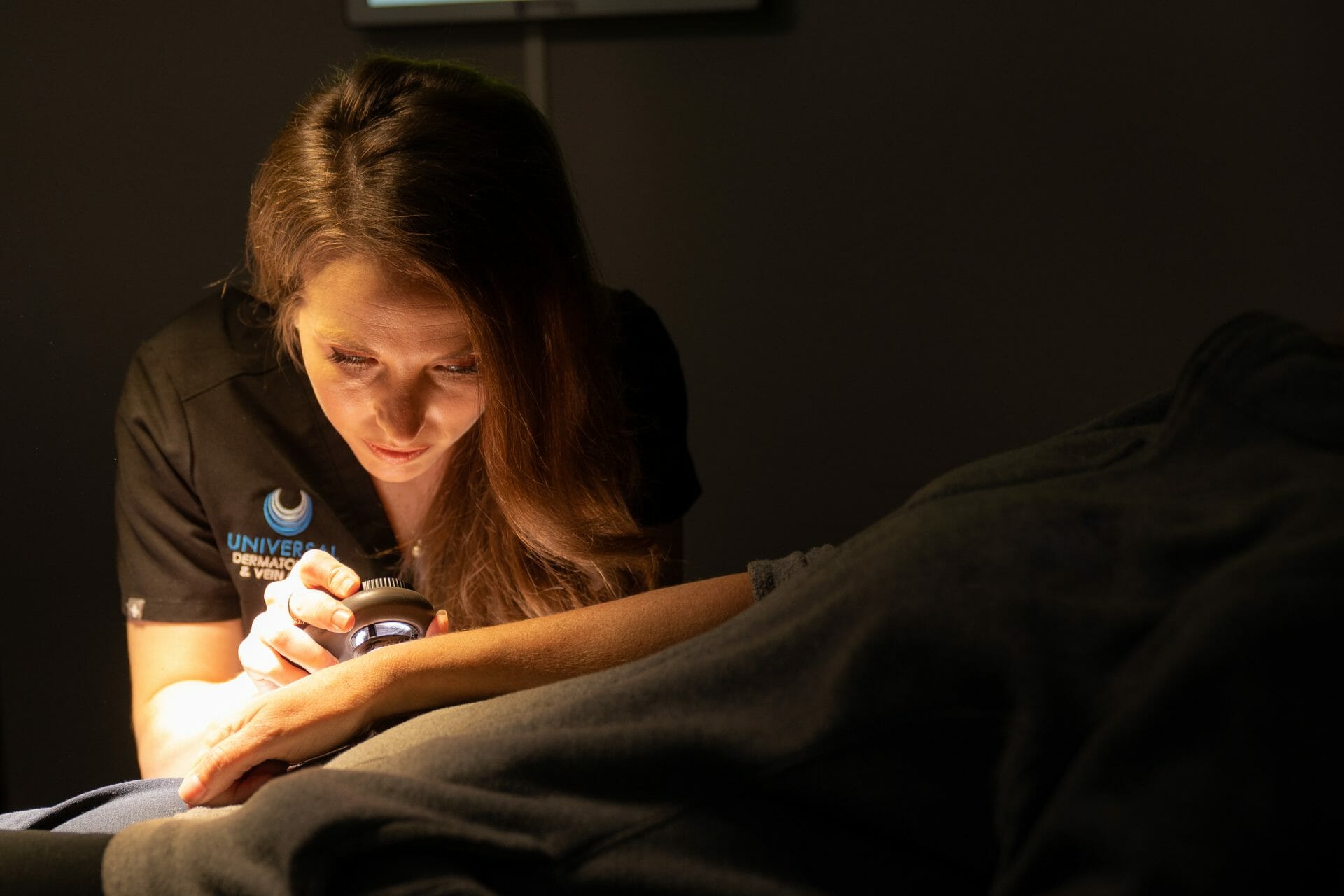 Many people undervalue the importance of skincare and skin checks. However, the fact remains that our skin is our first point of contact with the outside world and may require extra attention. Just as there are many layers of the skin, there are also many layers and levels of skincare. The first level of skincare is taking care of your skin from the inside out. This includes eating and drinking well, resting sufficiently, and exercising regularly.
Many people undervalue the importance of skincare and skin checks. However, the fact remains that our skin is our first point of contact with the outside world and may require extra attention. Just as there are many layers of the skin, there are also many layers and levels of skincare. The first level of skincare is taking care of your skin from the inside out. This includes eating and drinking well, resting sufficiently, and exercising regularly.
Skincare Inside and Out
In many ways, the old adage, “you are what you eat” is true. What you eat and drink will show up on your skin. Do your best to stay away from processed foods and sugary drinks. Drink lots of water, eat fruits, vegetables, lean meats, and exercise regularly.
In addition to taking care of your skin from the inside, there are lots of things you can do to take care of your skin on the outside. With the right topical care and necessary professional treatments, you will be able to have youthful, glowing, and healthy skin. The first step in good external skincare is, of course, scheduling an annual check with your dermatologist.
The Importance of Annual Skin Checks
A regular skin check is just as important as an annual physical. It is easy to take the condition of your skin for granted, especially because we are used to looking at it every day—its condition is our normal. However, there are many conditions that can go undetected. With an annual skin exam, you are able to take the necessary corrective and preventative steps for conditions like these.
For example, one in every five Americans will develop skin cancer in their lifetime (AAD). One of the reasons for this is the inability to identify early symptoms and warning signs. When detected early enough, skin cancer can be extremely treatable. Annual skin checks can make a huge difference in treating this condition effectively.
Taking Care of Your Skin Between Annual Skin Care Exams
Naturally, it is expected that you will continue to take care of your skin between annual checks. Here are two of the most important aspects of skincare that you should do daily.
Moisturizing
Moisturizing the skin regularly is an often overlooked part of skincare. However, it is one of the most recommended practices in dermatology. Keeping your skin properly moisturized can help guard against certain diseases and skin conditions, so it is always recommended—especially in the summer and winter months when the weather can be particularly harsh and drying for the skin.
Wearing Sunscreen
Sunscreen, like moisturizers, is another often ignored skincare habit. UV rays have been directly linked with skin cancer. As such, it is important that you protect yourself and your skin. A sunscreen with SPF 30 has been proven to effectively block out around 97% of the sun’s rays from harming the skin.
Get Professional Dermatology Care Today
It is easy to think of dermatologists as the doctors you turn to when something is wrong. However, you shouldn’t wait until there is a problem to schedule an appointment. Dermatological care is an important part of overall health. Therefore, whether you are noticing symptoms of certain conditions or seem to have clear skin, annual checks and skincare treatments by professionals is important.
Universal Dermatology & Vein Care can provide comprehensive dermatology care for your skin, hair, and nails. We have a friendly and experience team waiting to answer your questions and provide you with any treatment options you may need. Contact us today to schedule an annual skin check!
Lear MoreWhat Is Mohs Surgery?
If you are spending a lot of your time at work or leisure under the sun, your skin is at risk of overexposure to the sun’s ultraviolet rays. Your skin is liable to show the effects of this exposure over time. Those who are spending too much time on tanning beds face the same risks.
The unwanted result can be a variety of different skin cancers. Thankfully there are many treatments for this ailment that can alleviate skin problems and eliminate the risk of skin cancer. One of these treatments is Mohs surgery. Some say that it is the best of all treatments based on several reasons.
What Is This Surgery?
Mohs is a surgical procedure that can be used to remove skin cancer. There are two types of skin cancers that some believe could be best treated by this micrographic surgery. They are squamous cell carcinomas or SCC and basal cell carcinoma or BCCs. These two types are the most common of all skin cancers.
It started as chemosurgery procedure developed in the late 1930s by Dr. Frederic E. Mohs. This particular skin cancer surgery came to be regarded as the most effective treatment for SCCs and BCCs. It is the type of surgical procedure that is commonly recommended for the treatment of cancers that develop on the face, eyes, nose, ears, hands, feet, lips and genitals.
Dr. Perry Robins, a dermatologist, was the first to study the technique used in this surgical procedure. Through the efforts of Dr. Robins, the current micrographic surgery was developed and perfected.
Why Would Someone Need This Surgery?
If you or a person you know is suspected of having some skin cancer-related problems on the face or any part of the body, you are advised to consult a dermatologist or a dermatologist to have the problem area checked or removed. You may need this surgery if:
- Cancer can disfigure or deform the body part where it developed
- The cancer is growing at a fast rate
- The cancer is very large
- The edges of the cancer are not well-defined
- The cancers developed in a scar tissue
- The skin cancer is a recurrence after a previous treatment and may reoccur
How This Surgery Works
The dermatologist will perform the surgery under local anesthesia. His purpose is to remove the thin layers of diseased skin tissues and examine each of the layers under a microscope. They will need to determine if the skin cells are malignant.
If the cells are malignant, surgery will continue. The surgical procedure will be undertaken until the doctor sees that these cancerous cells are totally removed. The whole procedure may take a while because the surgeon must be sure that they have eradicated all the cancerous cells.
While the procedure may be lengthy, it will prevent incisions or cutting off large sections of the skin. Large incisions lead to unavoidable scarring which prolongs the healing period. With Mohs surgery, skin scarring is very limited and healing time is reduced.
What To Expect When Undergoing This Surgery
Here are some of the things that you can expect if you elect to undergo this surgery.
- It is important to list all the medications that you have used prior to the operation. This will include all the vitamin or herbal supplements that you are taking. You should disclose any and all medications to your doctor.
- Typically, the procedure will take about three to five hours to complete. However, there are instances where actual situations can cause the procedure to go as long as an entire day. There are skin cancer types that take a longer time to treat because their roots have already burrowed too deep on the skin. Regardless, your doctor will not stop the procedure until all the cancer cells are removed.
- The surgical procedure will be relatively painless because you will be injected by a local anesthesia. It will numb that particular area of your skin where cancer has developed.
- When the anesthesia has taken effect, the doctor will start the procedure by removing a thin layer of the cancerous skin. Your dermatologist will use a cautery device to stop the bleeding. The doctor will then dress and bandage the wound. You will have to wait for the results of the skin examination to find out if cancerous cells are present.
- If your doctor finds problematic cells, he will repeat the process in other parts of your skin where cancerous cells could be. One incision on average takes an hour. On the average, the doctor will have to make about three incisions.
- The doctor may stitch the wound or ask a reconstructive surgeon to close the wound. If the incision is small, the doctor may just dress the wound and allow it to heal by itself.
How Long Is The Recovery Process?
The recovery process varies between cases for this surgery. Some factors that come into play are the complexity of the procedure and the health of the patient. Overall it can range from a couple days to a couple weeks for a full recovery.
What Will Be The Outcome?
The desired outcome is no more skin cancer. What about the scar? There will be a scar when you undergo this surgery. Therefore you need to consult with a reconstructive surgeon for options on how to minimize scarring.
What Is The Cure Rate?
This surgical procedure has high cure rates. The American Society for Mohs Surgery claims that for new cancer, there are about 99 percent cure rates and for recurrent cancer, around 95 percent.
If you struggle with skin cancer and believe you are a good candidate for Mohs surgery, contact the experts at Universal Dermatology & Vein Care. We can point you in the right direction and find the treatment plan that is right for you. n
Lear MoreMelanoma Awareness: What Is It? What Are The Signs?
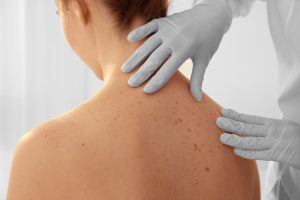
What Is It?
Cancerous growths develop when the DNA of skin cells experiences extreme damage. This is typically caused by intense exposure to ultraviolet radiation, either from the sun or tanning beds. The damage triggers maladaptive genetic mutations, causing the skin cells to multiply rapidly and form malignant tumors. These often take place in moles but can affect other areas of the skin as well. In fact, when melanoma develops, it often takes the form of a mole, though the coloring can be very different.
Causes and Prevention of Skin Cancer
Genetics, as well as skin type, can cause a person to be more prone to developing this type of skin cancer. The following factors have been shown to increase your susceptibility:
- High mole and/or freckle density
- The presence of atypical moles, age/sun/liver spots or birthmarks
- Having pale or fair skin
- Having red, orange, or light-colored hair
- Getting sunburned fairly regularly
- Frequent exposure to the sun
- Family history of this or other skin cancers
Unfortunately, many of these factors are unavoidable and out of an individual’s control. However, regulating the amount of time you spend in the sun, as well as practicing proper skin care strategies when in the sun, are factors that a pre-disposed person can take extra care to control. Avoid tanning beds at all costs, wear clothes that prevent the penetration of the sun’s rays, opt for sunscreen with a minimum 4-star UVA protection rating, and regularly (and liberally) reapply it, especially after swimming.
Skin Cancer Signs and Symptoms
The first signs and symptoms present as atypical moles or irregular marks on the surface of the skin. Dermatologists advise patients to use the ABCDE self-examination strategy in order to monitor their moles and be aware of any changes. Using this method, the most common signs and symptoms can be noticed early, making your overall prognosis better.
- Asymmetry- An easy way to detect asymmetry is to mentally draw a line down the middle of a mole. Do the two sides match? If not, this is a big red flag.
- Borders- Normal (benign) moles have smooth, even borders. A mole with notched or uneven borders is a cause for concern.
- Color- Most moles are an identical shade of brown. Having a variety of shades and/or colors is another big warning sign, especially if those colors include red, white, or blue.
- Diameter- Benign moles typically have a small diameter. The diameters of atypical lesions often exceed the size of a pencil tip eraser.
- Evolving- Common moles do not change much over time. When a mole begins to evolve in any way, contact a doctor.
Skin Cancer Types
There are four types of melanomas. The most common, ‘Superficial Spreading’, presents on the abdomen, back, or limbs. Cells grow slowly at first before spreading across the skin. ‘Nodulars‘ grow more quickly than others and tend to turn red. ‘Lentingo Malignas‘ are less common and typically affect older people. Starting as a type of stain or freckle, it grows slowly and is less dangerous than other types. The final, ‘Acral Lentiginous’, is the rarest type and usually appears on the palms, under the nails, or on the soles of the feet.
Diagnosing Skin Cancer
After noticing changes in the moles or skin, seek medical help immediately. Dermatologists like those at Universal Dermatology & Vein Care can use microscopic or photographic tools to examine the lesion (‘skin abnormality’). If the doctor suspects the presence of skin cancer after this examination, he/she may refer you to a cancer specialist in order to undergo a biopsy, which involves taking a sample of the lesion in order to test the cells in the laboratory. A biopsy will confirm or deny the presence of cancerous traits in your lesion.
Skin Cancer Treatment
For the most part, methods for treating skin cancer are similar to those that treat other types of cancer. However, unlike with many cancers that affect the body internally, skin cancer is easier to remove completely, as it is presented on the outside of the body. Removal surgery is the most common treatment. The procedure involves cutting out the lesion as well as the tissue surrounding it.
If the lesion is too large for this procedure- meaning it covers an extensive area of the skin- a skin graft may become necessary. Skin grafting is a surgical procedure by which normal, healthy skin is removed from one part of the body and is transferred to the affected area. In the event that it has spread to the lymph nodes, a biopsy may also be performed there. Chemotherapy, biological therapy (using drugs to strengthen the immune system), and photodynamic therapy (using drugs, light, and radiation) may also be used in treatment, though they are less common.
Prognosis of Skin Cancer
Although it is considered the most dangerous form of skin cancer, it can still be treated successfully. When recognized and treated early enough, it is almost always curable. However, neglecting to take care of your skin (especially if it is sensitive or relates to any of the risk factors listed above) and failing to monitor and report changes can allow the skin cancer to advance and spread to other parts of the body. Like other cancers, if melanoma spreads, it becomes much more difficult to treat. Preventative care and early action greatly improve your prognosis and, as such, are invaluable tools for beating this type of skin cancer.
If you have any questions about skin cancer prevention or detection, contact the experts at Universal Dermatology & Vein Care!
Lear MoreWhat Are the Benefits of the Fractional CO2 Laser Treatment?
Treatments Abound
Currently, there are a lot of effective skin care treatments that reduce signs of aging and improve the condition of the skin. These treatments range from using simple topical creams to actual procedures that can be done to improve the skin’s condition. Laser treatments, in particular, are very popular skin care options and the technology used in the treatments continue to evolve—becoming more sophisticated and effective.
The Value of Healthy Glowing Skin
When it comes to skincare, the aim is always to maintain blemish-free, glowing, and youthful-looking skin. This is especially true for the skin on our face as we age. After all, our face is the first thing others may notice about us, so the skin thereof plays an important part in how we feel about our social interactions with others.
Great-looking skin tends to give us more confidence, while the opposite is also true—blemished or aged skin can negatively affect our self-esteem. Everything from fine lines and wrinkles to acne scars and age spots can affect the quality of our skin and our social confidence. It is, therefore, important that we take the steps necessary to take good care of our skin and enjoy the many benefits of proper skin care.
Overview: About the Fractional CO2 Laser Technology
Laser treatments, though more invasive than many topical skin care options are increasingly popular treatments. Laser technology can treat a number of skin conditions. One of the latest options—the fractional CO2 laser—uses the most advanced skin revitalization laser treatment technology and has been shown to produce astounding anti-aging results for skin care patients. In fact, studies prove that the fractional CO2 treatment not only reduces the effects of aging on the skin, but also reverses existing signs of aging, including:
– Acne and other trauma-related scars
– Age Spots
– Wrinkles
– Crow’s feet
– “Smoker’s Lines”
After just one treatment, skin appears significantly healthier, rejuvenated, and smoother than prior to the treatment.
How It Works
The fractional CO2 laser treatment works by using a pattern of carbon dioxide laser beams to treat the skin below the surface. A doctor sends carbon dioxide beams into the skin. The beams create strategically-placed microscopic holes in the skin that allow the body to start producing more collagen. Collagen is the body’s natural hormone that keeps the skin healthy and youthful.
The secret to the effectiveness of the fractional CO2 laser technology rests in the fragmented nature of its treatment patterns. This treatment does not allow its laser energy to affect all parts of the skin at once. Instead, it affects a portion of the skin and not the entire skin’s surface. This allows the recovery time to speed up, thereby enhancing results. Patients are usually fully healed within four to five days on average.
What to Expect With the Fractional CO2 Laser Treatment
The QuadraLASE Fractional CO2 Laser treatment has many important features. For starters, the treatment sessions are not very long. Each session lasts an average of one hour. Additionally, while the treatment is not in any way painful, there are some sensations that patients can look out for. These sensations include a slight sunburned feeling accompanied by some peeling. Thankfully, these symptoms usually pass within the average healing and recovery time of about four to five days.
The results, however, are practically immediate, and patients will notice that their scars, wrinkles, age spots, and other skin conditions are far less noticeable as the skin continues to heal. As time goes on, the skin continues to clear as the newly-produced collagen helps the skin become tight, moisturized, and vibrant. Finally, the QuadraLASE Fractional CO2 laser treatment produces permanent results. Over time, it reduces the need for using over-the-counter topical treatments—making the treatment a real, lasting solution.
Additionally, it is possible to use the fractional CO2 laser treatment on the neck as well. Depending on the patient’s condition, a doctor may use the laser to spot treat specific problem areas. After all, all skin ages and oftentimes, most don’t think about the neck as a prime spot for anti-aging treatments.
As you consider the fractional CO2 laser treatment, remember that this will naturally cost more than everyday over-the-counter options you may already use. That said, it is a worthy investment as the treatment continues to pay for itself in value as time goes on. Having amazing, vibrant, and glowing skin is already worth its weight in gold. Of course, the confidence you get from having that glowing, healthy, youthful skin is the icing on the cake.
Am I a Candidate for Fractional CO2 Laser Treatments?
Science and research back the fractional CO2 laser technology. We offer this treatment because our certified and experienced dermatologists have carefully vetted the treatment and seen real results.
Now is the perfect time to undergo this treatment. Since you spend less time outside and more time bundled up, your skin will be more likely to be protected while it heals. Also, if you have this treatment now, your skin will be beautiful, and glowing when the warm weather hits.
We are not able to treat without first having a consultation with each patient. This helps us guarantee that the treatment will be safe and effective for the individual and his or her needs. We also do the consultations to manage expectations. There is a $50 consultation fee that goes towards the price of the treatment.
Universal Dermatology believes in being transparent with our prices and services. Therefore, we would like to let you know that the price ranges from $1000 to $3100 for eye or lip area only up to entire face, neck, and chest. Insurance does not cover this procedure.
To get started weighing your treatment options, contact our office today.
Lear MoreMay Is Melanoma/Skin Cancer Detection and Prevention Month: Here’s What You Need to Know
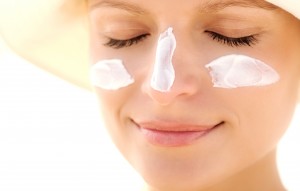
Early detection can decrease your risk of being diagnosed with Melanoma. While prevention is always preferred, the good news is once the condition is detected early in those who have it, and is subsequently treated; the Melanoma has a higher chance of being cured.
Preventing Melanoma: What You Need to Know
Being that the leading known cause of Melanoma is coming in contact with the direct Ultraviolet (UV) rays of the sun, limiting one’s exposure is the best place to start with your efforts to prevent Melanoma. In this case, prevention can be as simple (and as difficult) as adjusting your daily habits. Here are Melanoma prevention tips you should practice in your everyday life:
- Staying out of the sun as much as possible, to avoid direct contact with UV rays.
- Avoid using tanning beds to decrease your direct contact with UV rays.
- Wear at least SPF 30 when exposed to the sun and reapply every 1-2 hours.
- Raising your level of self-awareness by regularly inspecting your own skin as best as possible for any apparent abnormalities. (Monthly self-examinations of moles.)
- Everyone should have their skin checked by a dermatologist at least once a year.
- Wear protective clothing, like hats, and seek shade during the midday peak sun hours.
While the tips above can help decrease your exposure to Melanoma, there are numerous causes that cannot always be prevented. For example, people with a family history of Melanoma have a higher likelihood of getting it. There is also an increased risk for people who possess a genetic predisposition to Melanoma, such as people who are fair-skinned, blonde and blue-eyed or people who have red hair.
Getting Involved: Raising awareness in May
May is all about Melanoma and skin cancer prevention, detection, treatment and of course, general awareness. There is much you can do to raise your own level or awareness about the disease, as well as the awareness of others. For example, you can:
- Encourage accountability at the level of the family, so that family members can encourage each other to wear sunscreen and limit the times spent in the sun
- Help build awareness through schools and the formal education systems. By equipping and encouraging teachers and administrators to pass on the necessary information about Melanoma to their students.
- Organize health fairs and/or events focused on sharing information about Melanoma with your community.
Lear More

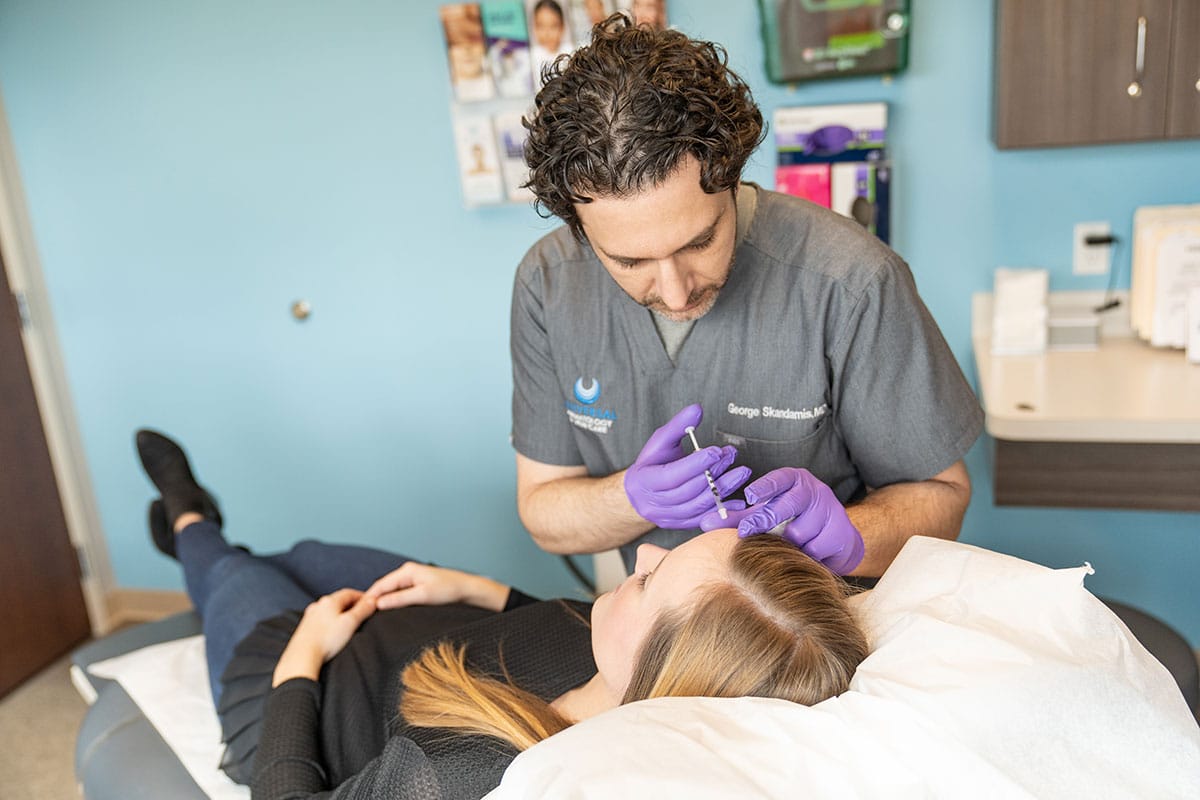 Our Dermatologists
Our Dermatologists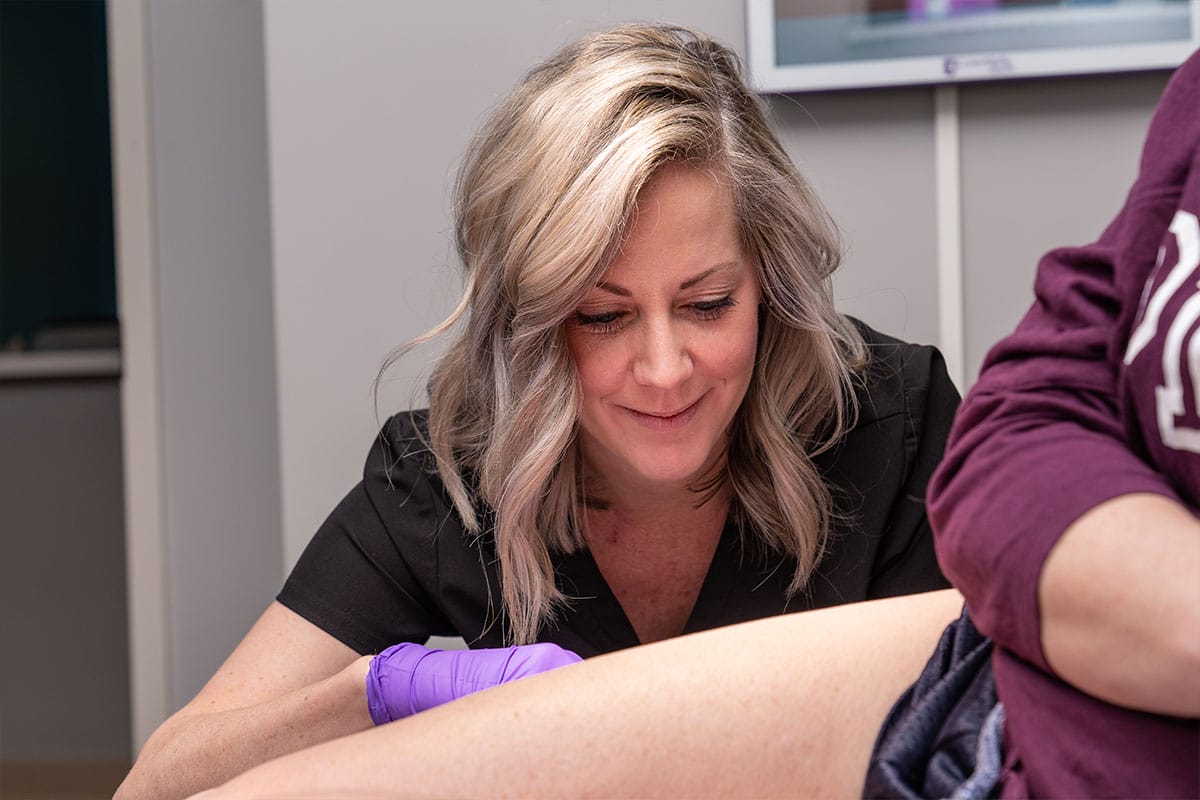 Our Providers
Our Providers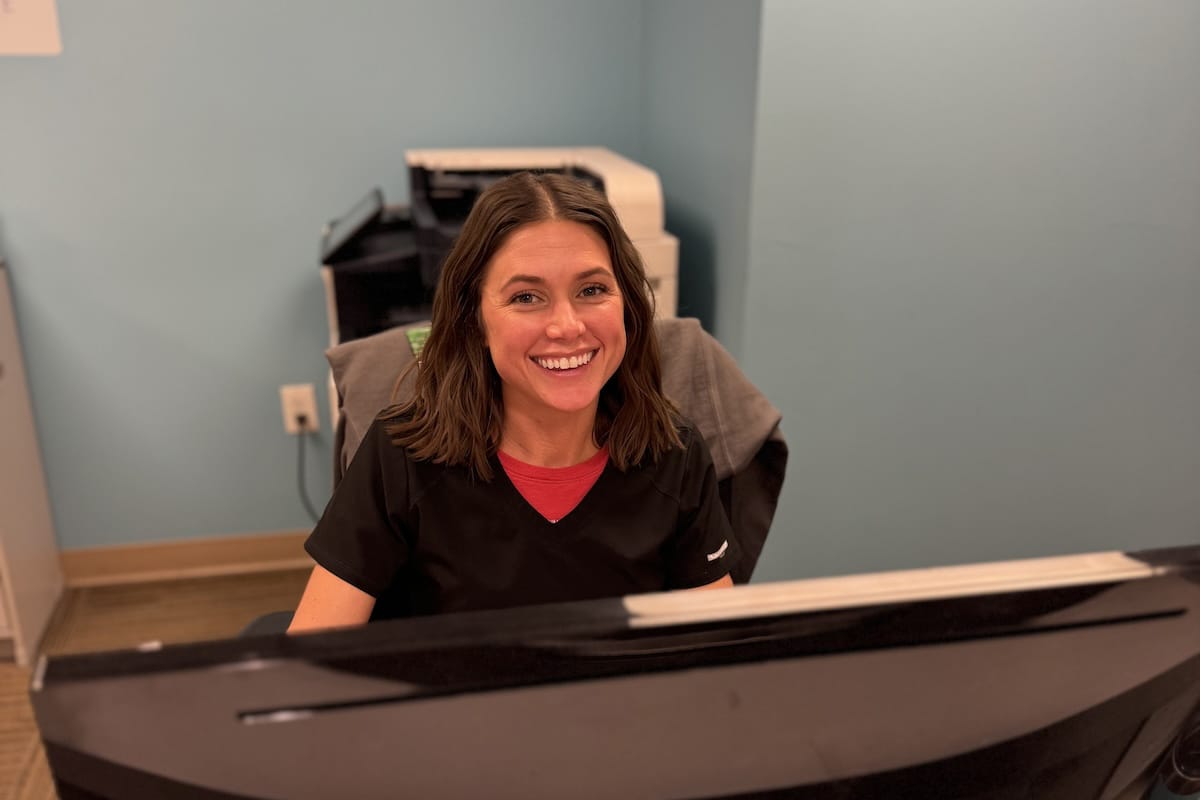 Our Staff
Our Staff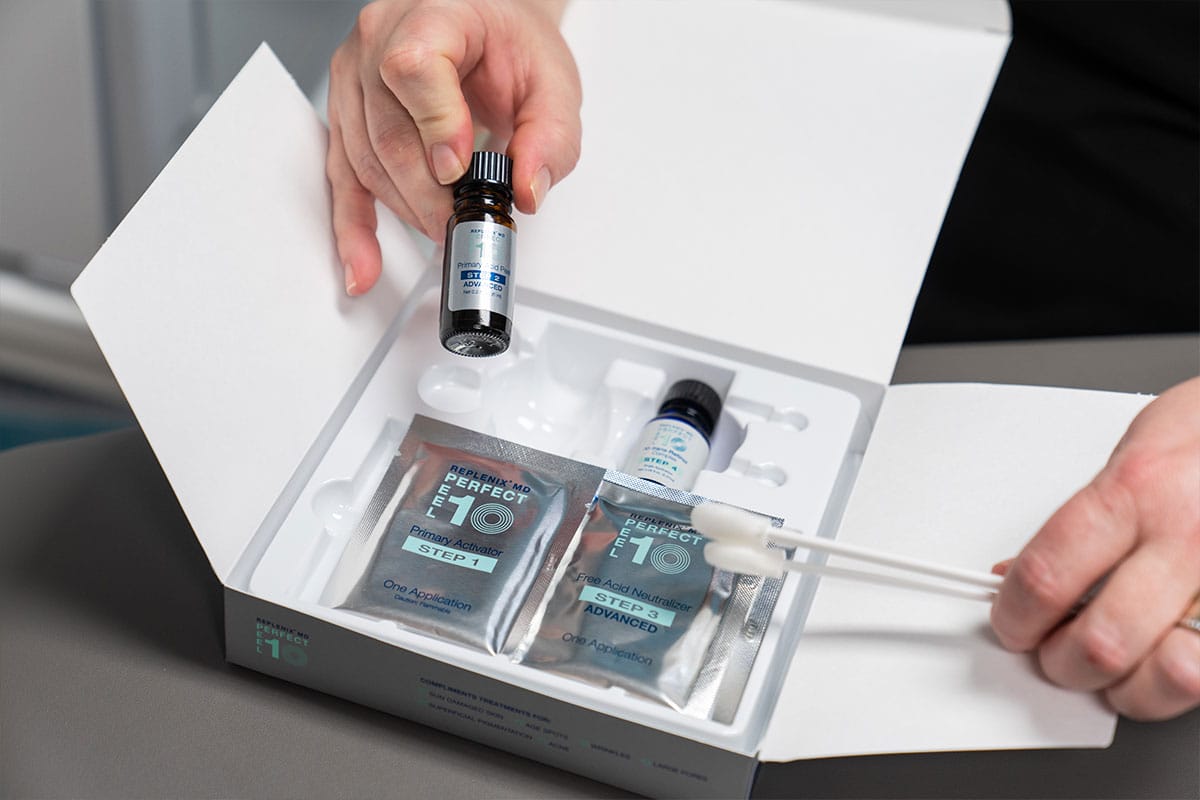 Specials
Specials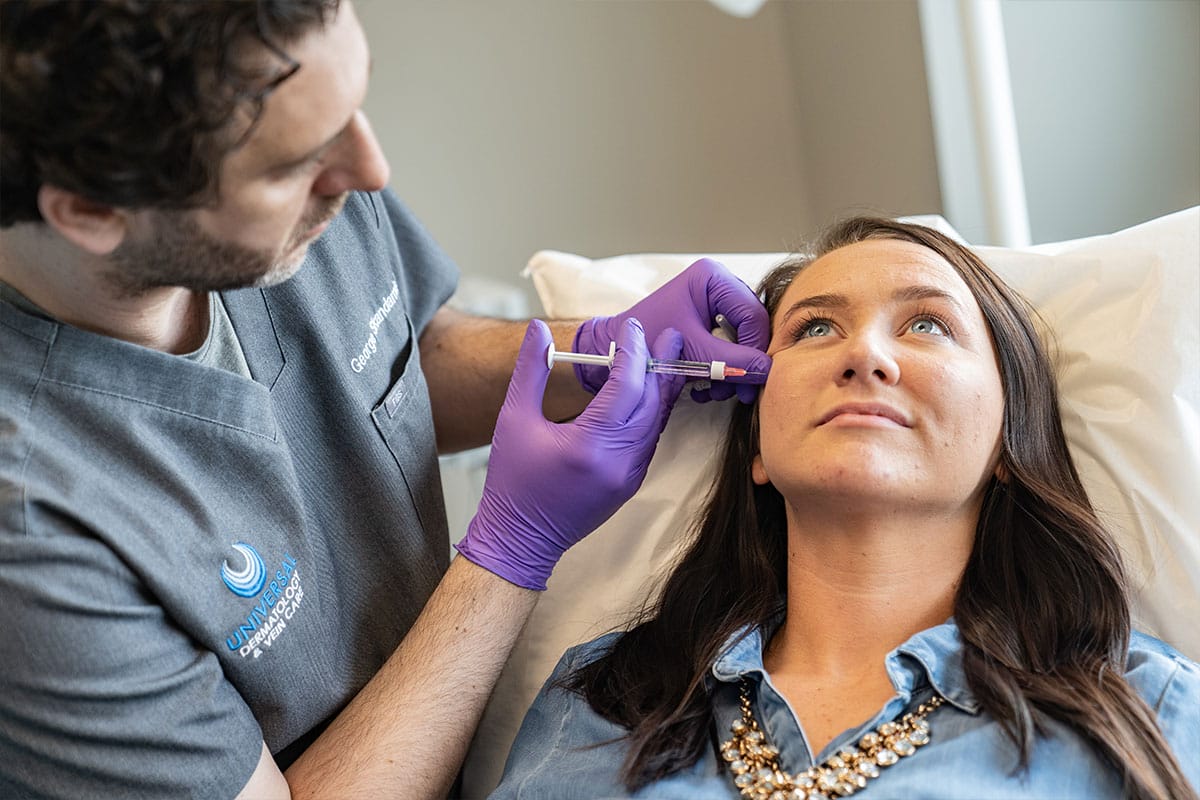 Financing
Financing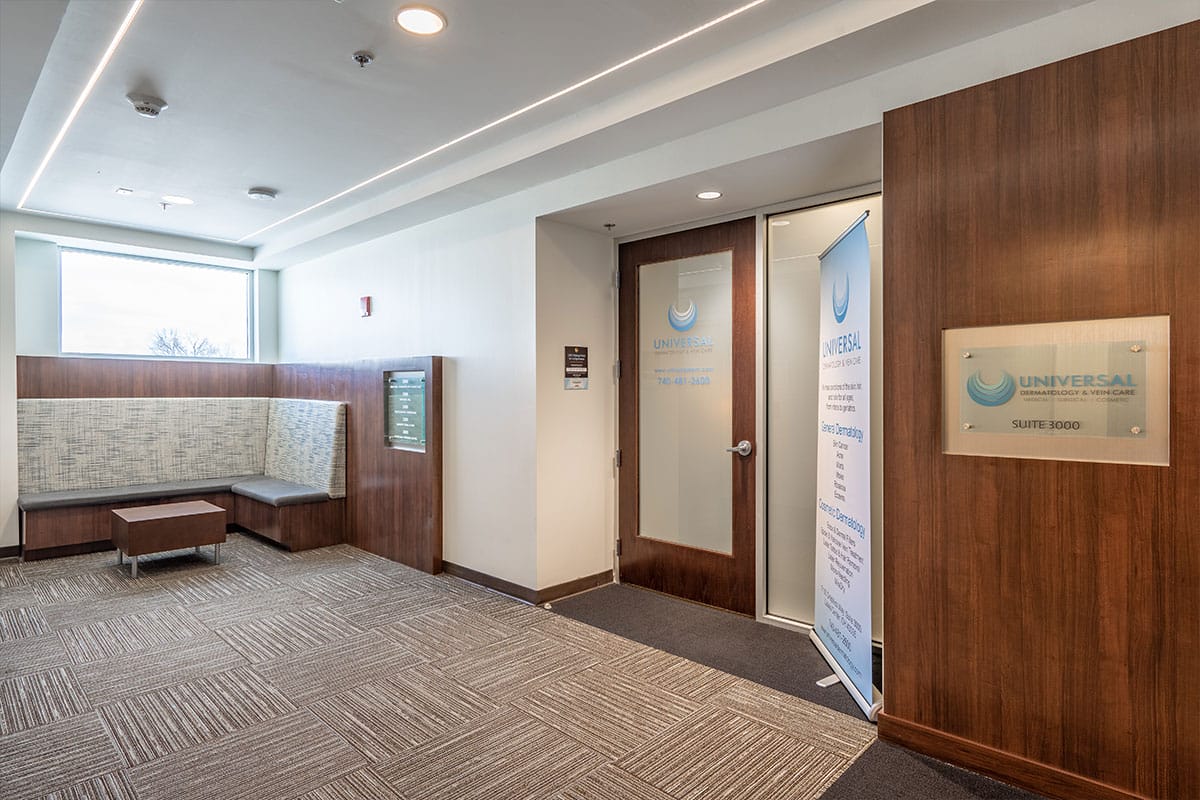 Pay Bill Online
Pay Bill Online